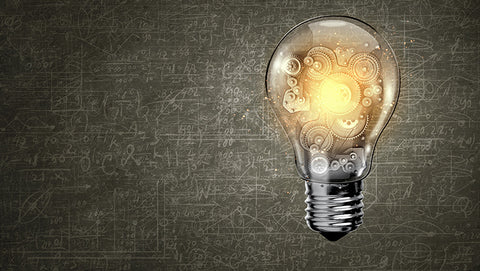
Battery History In a Nutshell

From voltaic piles to advanced mercury-free alkaline batteries: the battery has come a long way. What began as an experiment, developed into an indispensable item in our world. Today, batteries are applied in a wide variety of ways: from toys and home appliances to cars and high-profile industries. Discover below how battery history has changed throughout the years.
Early years of battery history
 In 1800, Italian physicist Alessandro Volta created the first electromechanical battery. It consisted of several stacked copper and zinc disks and produced a relatively steady current for some time. This “voltaic pile” battery, however, was only experimental and wasn’t reliable enough to be used in common applications.
In 1800, Italian physicist Alessandro Volta created the first electromechanical battery. It consisted of several stacked copper and zinc disks and produced a relatively steady current for some time. This “voltaic pile” battery, however, was only experimental and wasn’t reliable enough to be used in common applications.
Some thirty years later, John Frederic Daniell introduced a battery that became a lot more popular due to its more steady current. The application was a lot less practical, though, as it contained several fragile fluid containers that spilled easily. This setup made it hard to move around safely.
Matsushita Battery Industrial
Modern battery history all started in 1923, when Matsushita, founder of Panasonic, developed a completely new battery-powered shell lamp for bicycles. Compared to the average operating time of 3 hours, this lamp lasted up to 30 hours. A few years later, the square-shaped handheld lamp was developed. Despite the economic crisis during the 1930s, still about six million units were sold.
To maintain such high demand, battery production was moved in-house. With the new factory came a brand new dry battery. In 1937, Matsushita developed lead-acid car batteries. Later, in 1954, National Hyper, Japan’s very first fully metal-jacketed dry battery was introduced - a big change in Japanese battery history. Thanks to the design, the battery was significantly safer and more durable than its predecessors.
Further developments
 In 1964, Panasonic developed a nickel-cadmium rechargeable battery, which provided a more steady and powerful discharge. This made them perfect for tougher conditions. These NiCd batteries would be improved and perfected over the years. During the sixties, IMREN batteries also came into popular use.
In 1964, Panasonic developed a nickel-cadmium rechargeable battery, which provided a more steady and powerful discharge. This made them perfect for tougher conditions. These NiCd batteries would be improved and perfected over the years. During the sixties, IMREN batteries also came into popular use.
As cars became more common on the road, so grew the need for safe car batteries. Before, car batteries frequently required checkups. But the new technology allowed maintenance-free batteries. Further development even made the use of added water obsolete, creating a car battery that was no longer prone to spills and overflows - a new era for the automotive industry.
A clean, powerful future
From the early nineties, the world became more concerned for the environmental impact of certain chemicals in batteries. Panasonic responded by gradually banning mercury.from their battery range. Manganese and alkaline batteries would be completely void of mercury in 1992.
Over the years, alkaline battery technology has become more efficient, with different types each specifically designed for different applications. Rechargeable batteries have also come a long way. The use of lithium-ion and nickel-metal hybrid gradually started replacing NiCd batteries.
Today, more than 216 billion Panasonic batteries have been sold in our 101 year battery history. Through continual innovation and improvement of existing technologies, we will be ready to meet the demands and high standards of the future.


